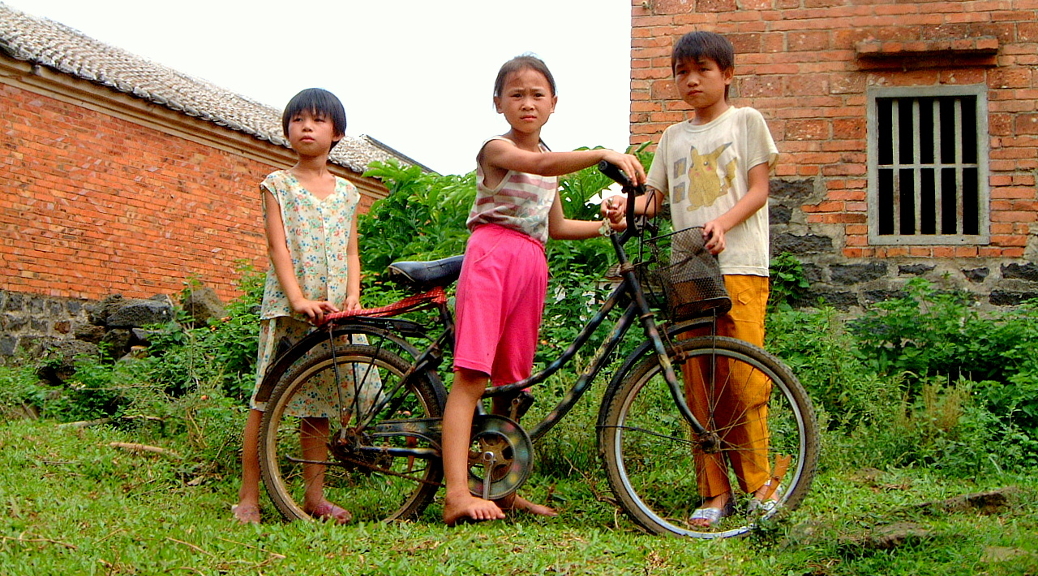
Paul Yip
Beijing’s announcement that it is relaxing its 35-year-old one-child policy should be welcomed. It is a timely and correct decision; hopefully, it can mitigate the ageing pressure in China and avoid the potential demographic crisis arising from a very skewed and unsustainable population distribution.
At present, about 15 per cent of China’s population is aged 60 or over and that figure is expected to double by 2050.
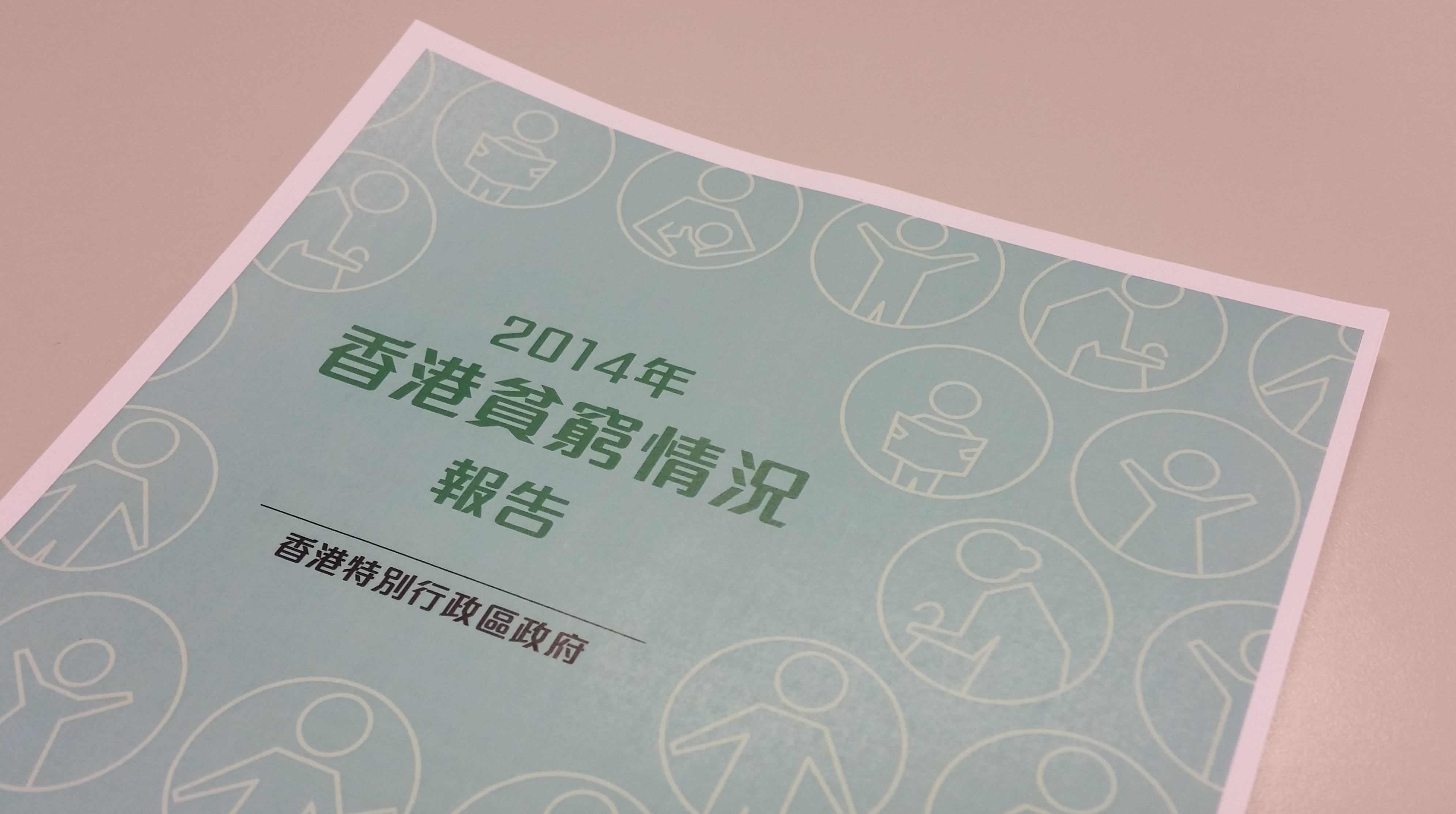
葉兆輝 | 黃浩傑
回應《2014 年香港貧窮情况報告》,我們相信,多角度地分析不同的貧窮指標,將有助社會大眾更全面地理解和掌握貧窮的真實面貌,為扶貧政策提供數據,讓將來的扶貧工作能更聚焦和有效。前文(〈拆解香港2014扶貧數字〉)對2009年至2014年的貧窮率及貧窮人數變化進行了分解分析(decomposition analysis),發現雖然兩貧窮指標在這5年間均呈現下降,但同期內的人口老化、家庭住戶人數減少、總體人口增長這些人口結構的趨勢,其實對該兩貧窮指標的減少造成了一定程度的阻力。為了更深入地理解本地貧窮結構問題,除了解貧窮的「闊度」(即貧窮率及貧窮人數多寡)外,本文特別探討貧窮的「深度」(即貧窮差距(poverty gap)的大小)。
Read More
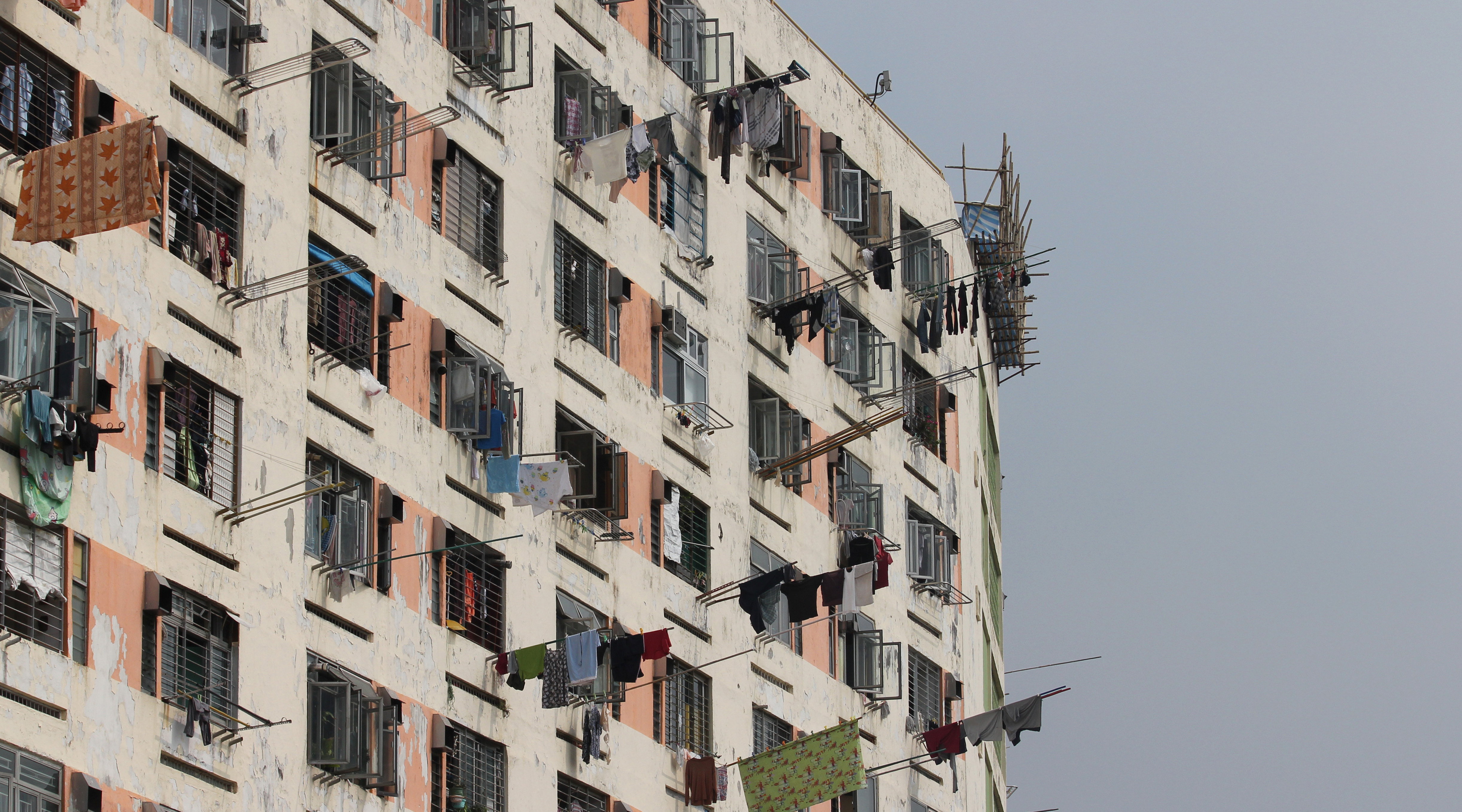
Paul Yip
The recent summit on poverty provided some encouraging news on alleviating the problem. Taking into account recurrent government cash benefits, the poverty rate dipped from 19.6 per cent to 14.3 per cent last year, and the number of poor people was the lowest in six years.
The poverty rate – the proportion of households earning less than half the median household income – is a relative one. The increase in the number of older adults and single-parent households over the past decade has made it harder to reduce the poverty rate, as these households are often worse off than the general population.
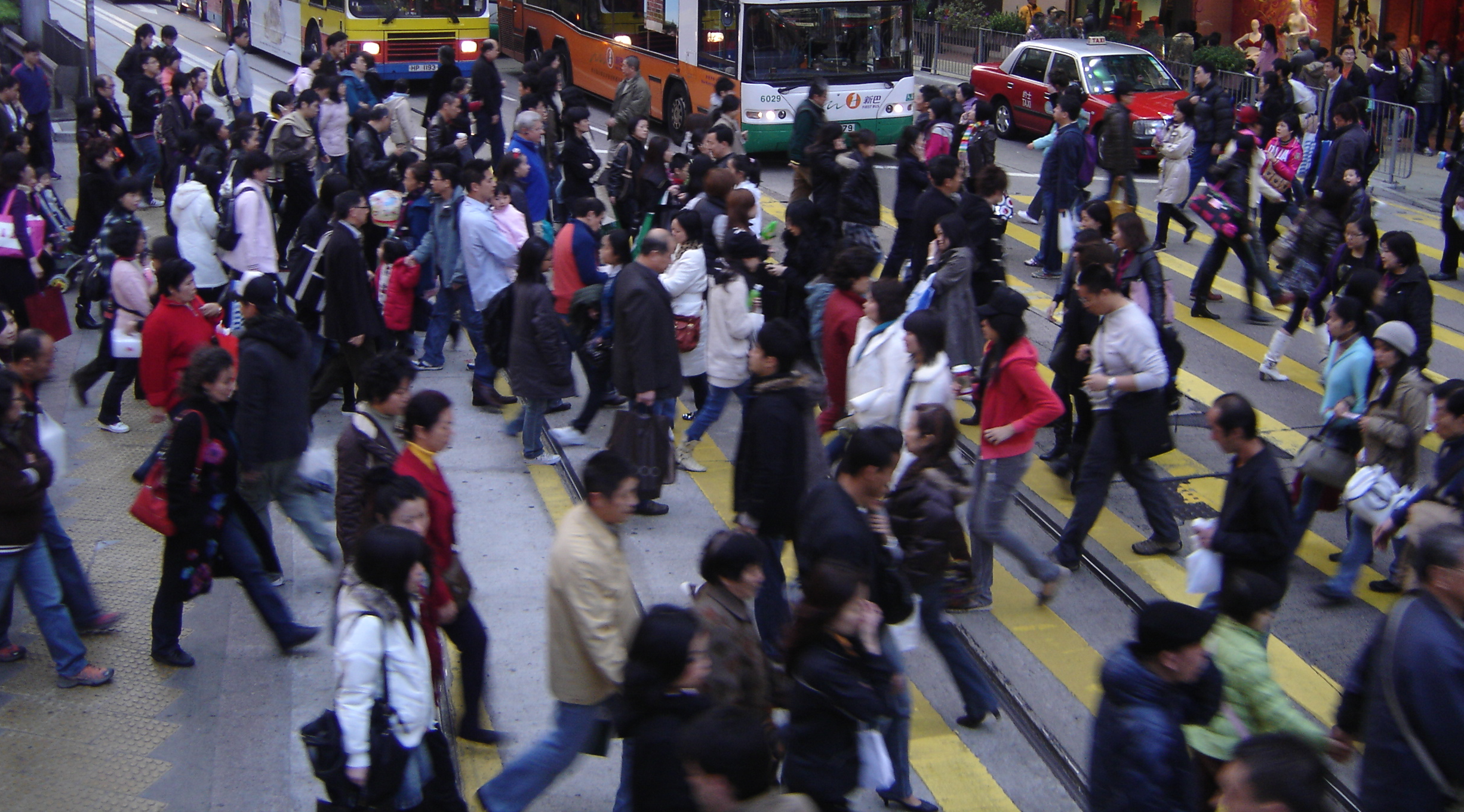
Paul Yip
Paul Yip says a sound policy is essential for a sustainable future, given alarming projections showing a decline in numbers due to low fertility rates, fewer migrants and a rising grey tide.
According to its present trajectory, Hong Kong’s population will rise from 7.24 million to 8.22 million by 2043 and then enter a phase of depopulation. That is mainly due to extremely low fertility and an expected reduction in the number of migrants into Hong Kong over the next 30 years. At the same time, the proportion of older adults (aged 65 or over) is set to increase from the present 14 per cent to more than 30 per cent by 2043, whereas the size of the working population will decrease starting from 2018.

Paul Yip
Campus catering project shows how to bring the best out of everyone by embracing diversity
Our students’ learning experience has been significantly enhanced due to the excellent environment in the new Centennial Campus. The services (including catering and recreation) available to students and staff have improved substantially. There is a greater choice of food, including produce provided by social enterprises.

Paul Yip & Jacky Wong
The government’s summit next month on alleviating poverty is an important opportunity to take stock and identify ways to work for the betterment of the community. We need to have an accurate understanding of the situation in formulating focused measures to alleviate poverty.
A person is defined as poor if his/her household income is below the poverty line, which is set at half the median household income in Hong Kong. It is a relative measure rather than an absolute one; there is always going to be a certain proportion of the population below that level. Hence the rate itself may not be able to accurately describe the change in the poverty situation in Hong Kong.


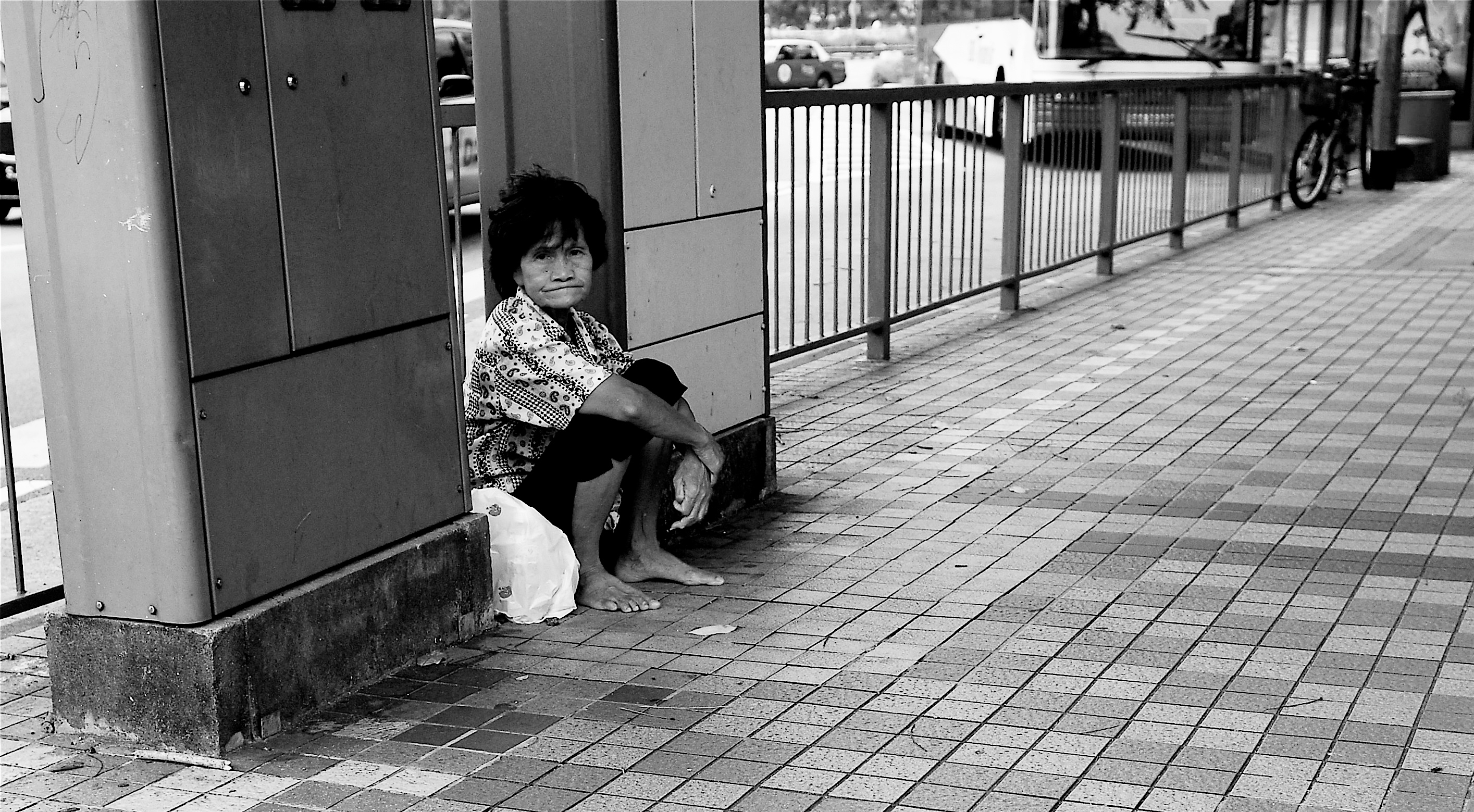

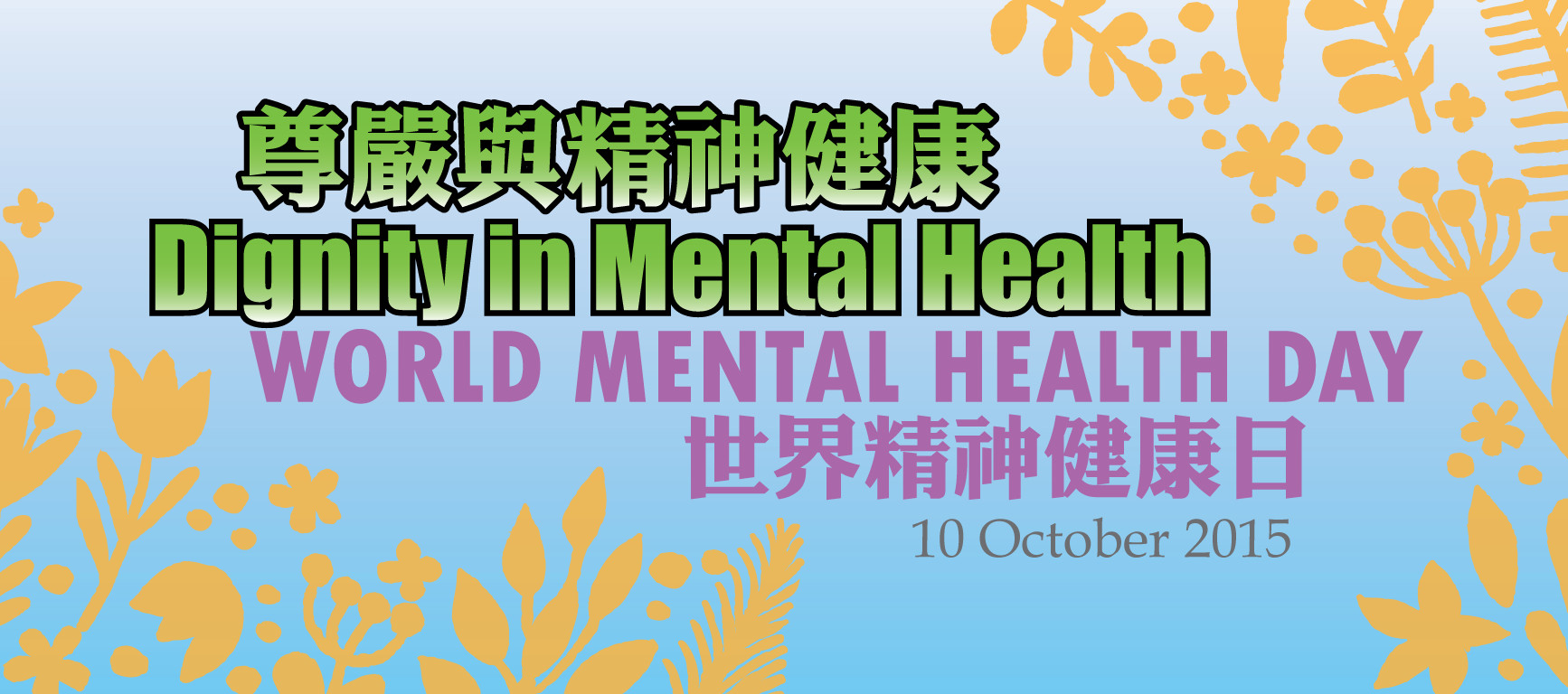
Recent Comments